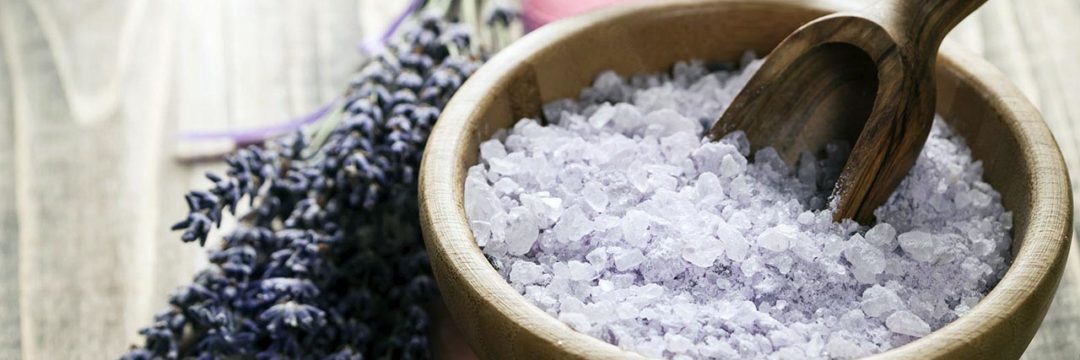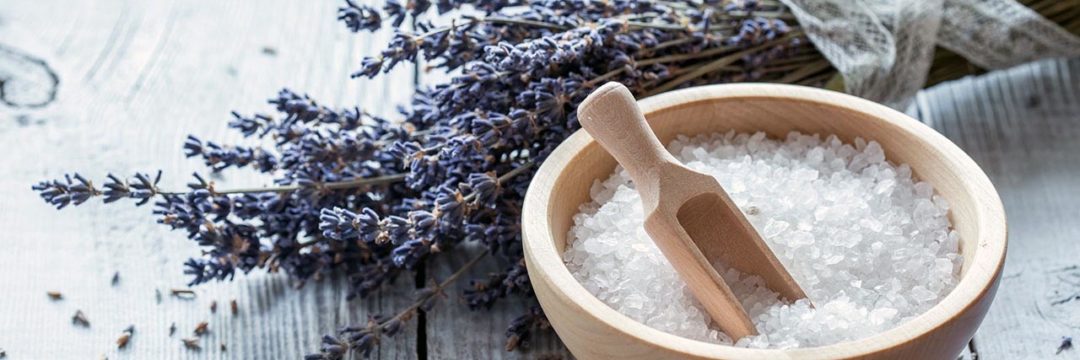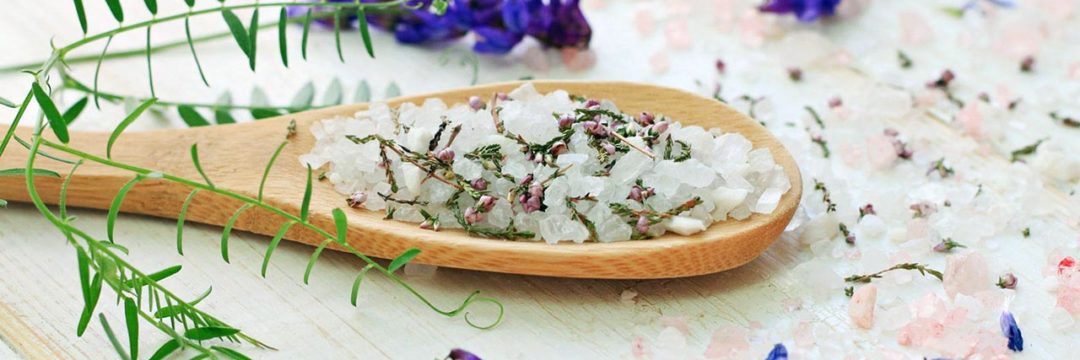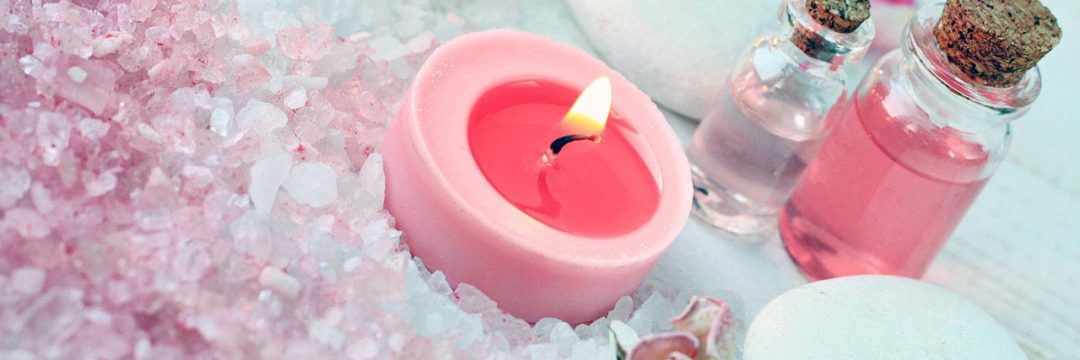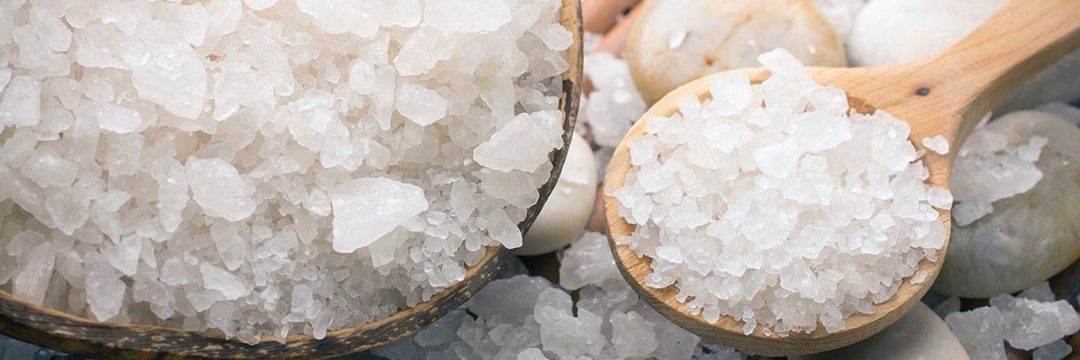You might wonder if there is any difference between Epsom salt and sea salt or table salts…
Yes, there is. A big one!
Composition of Epsom salt differs completely from the composition of sea salt or that of table salt. While Epsom salt is a mineral compound of magnesium and sulfate (MgS04-7H2O), sea or table salt contains 97 % of sodium chloride (NaCl). The crystal structure of Epsom salt makes its appearance similar to that of sea salt, though.
Due to the specific composition, the benefits and mode of action of Epsom salt are different from those of sea salt or common bath salts. While bath salts usually contain various ingredients as part of their proprietary blend, Epsom salt is a pure mineral compound of magnesium and sulfate.
Soaking in an Epsom salt bath can boost your level of magnesium and sulfate that are known to have numerous health and beauty related benefits. You won’t be able to increase the level of magnesium and sulfate with sea bath salts as they consist primarily of sodium chloride. Another remarkable difference between Epsom salt and the sea salt is that the sea salt dries your skin and leaves a residue, while Epsom salt rinses away completely and has been known for centuries to have a softening effect on the skin.
The difference is also in how Epsom salt and sea salt are obtained. While Epsom salt is usually refined in a chemical process or boiled down, sea salt is obtained by evaporating sea water.
Sea salt is edible in nature and widely used in cooking and making the food salty. Epsom salt is edible in very limited amount and its taste is bitter. That is why it is sometimes referred to as bitter salt.
The wonders of Epsom salt have been well known for centuries and unlike other salts, Epsom salt has beneficial properties that can soothe the body, mind and soul. It is known to help relieve aches, improve digestion, expel toxins, and relieve stress and circulatory problems.
